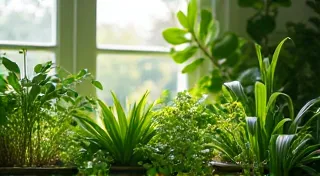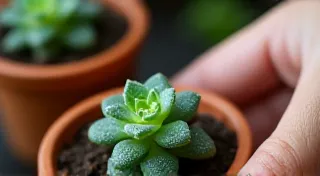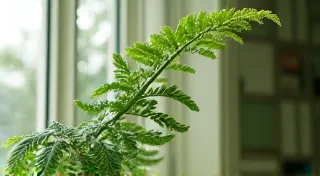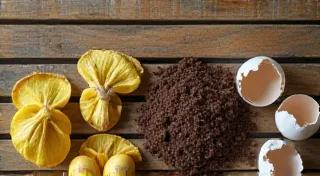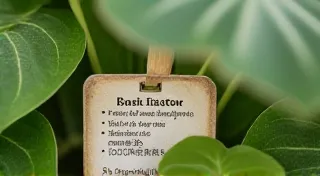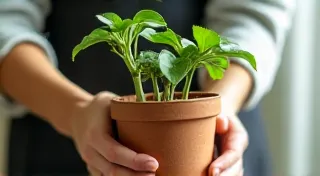The Ultimate Watering Guide for New Plant Parents
Welcome to the world of plant parenthood! One of the most common mistakes new plant owners make is getting watering wrong. Too much or too little water can quickly lead to stressed, wilting, or even dying plants. This guide will equip you with the knowledge you need to keep your houseplants thriving.
Understanding Your Plant’s Water Needs
There's no one-size-fits-all approach to watering. Different plants have dramatically different needs. Factors like plant type, size, pot material, and even the season influence how much water your plants require.
Key Factors Influencing Watering Frequency
- Plant Type: Succulents and cacti store water and need less frequent watering compared to moisture-loving plants like ferns.
- Pot Material: Terracotta pots are porous and allow moisture to evaporate more quickly than plastic pots.
- Pot Size: Larger pots hold more moisture, requiring less frequent watering.
- Season: Plants generally need less water during the dormant winter months.
- Light Exposure: Plants receiving more sunlight tend to dry out faster.
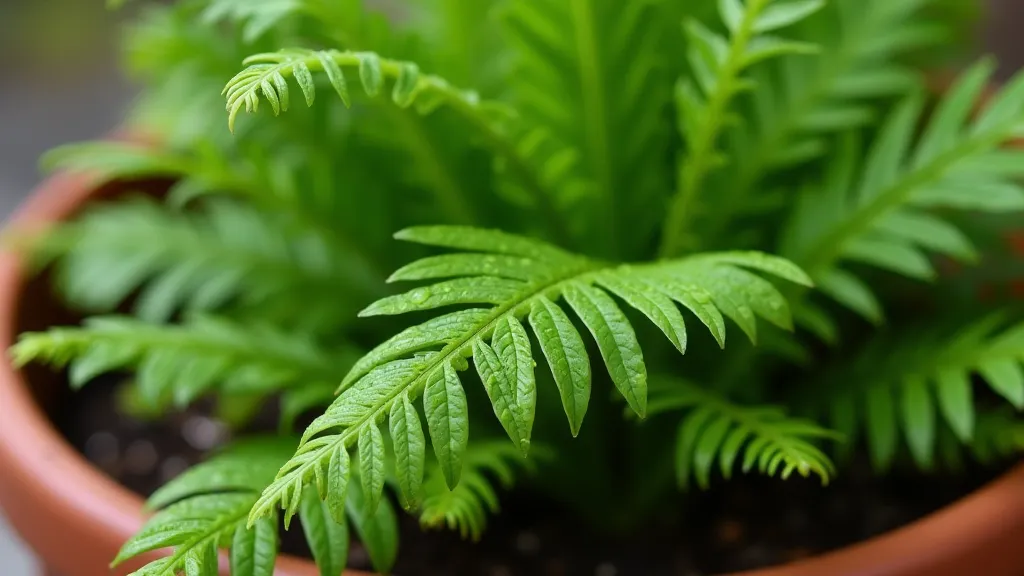
How to Tell When Your Plant Needs Water
Don't water on a schedule! Learn to observe your plants and respond to their signals. Here are a few methods to determine when it's time for a drink:
- The Finger Test: Stick your finger about an inch or two into the soil. If it feels dry, it's likely time to water. If it feels moist, hold off.
- Weight Check: Get to know the weight of your potted plant when it’s fully watered and when it’s dry. A dry plant will feel significantly lighter.
- Leaf Appearance: Wilting leaves are often a sign of underwatering, but can also indicate overwatering! Other signs might include yellowing or browning leaf tips.
Best Watering Practices
Once you’re ready to water, here are some tips for doing it right:
- Water Thoroughly: When you do water, water deeply until excess water drains from the drainage holes. This ensures the entire root ball is moistened.
- Empty Saucers: Never let your plants sit in standing water. Empty saucers shortly after watering.
- Watering Method: Bottom watering (placing the pot in a shallow dish of water and allowing the plant to absorb it through the drainage holes) can be beneficial, especially for plants that are sensitive to wetting their leaves.
- Use Room Temperature Water: Cold water can shock plants.
Seasonal Watering Adjustments
As the seasons change, so should your watering routine:
- Spring/Summer: Plants are actively growing and require more frequent watering.
- Fall: Gradually reduce watering as growth slows down.
- Winter: Water sparingly, allowing the soil to dry out more between waterings.

Troubleshooting Common Watering Issues
Let's address some common problems:
- Overwatering Symptoms: Yellowing leaves, leaf drop, soggy soil, mold on the soil surface, root rot. Solution: Allow the soil to dry out completely before watering again. Improve drainage. Consider repotting with fresh soil.
- Underwatering Symptoms: Wilting leaves, dry and crispy leaf edges, slow growth. Solution: Water thoroughly and consistently. Consider increasing humidity.
- Root Rot: A serious condition caused by prolonged overwatering. The roots become brown and mushy. Solution: Repot the plant with fresh, well-draining soil and trim away any rotten roots.
Additional Tips
- Research your specific plant species to understand their unique watering needs.
- Use a moisture meter to help gauge soil moisture levels (optional).
- Observe your plants regularly for signs of stress.

By following these guidelines and paying attention to your plants’ signals, you’re well on your way to becoming a confident and successful plant parent!
